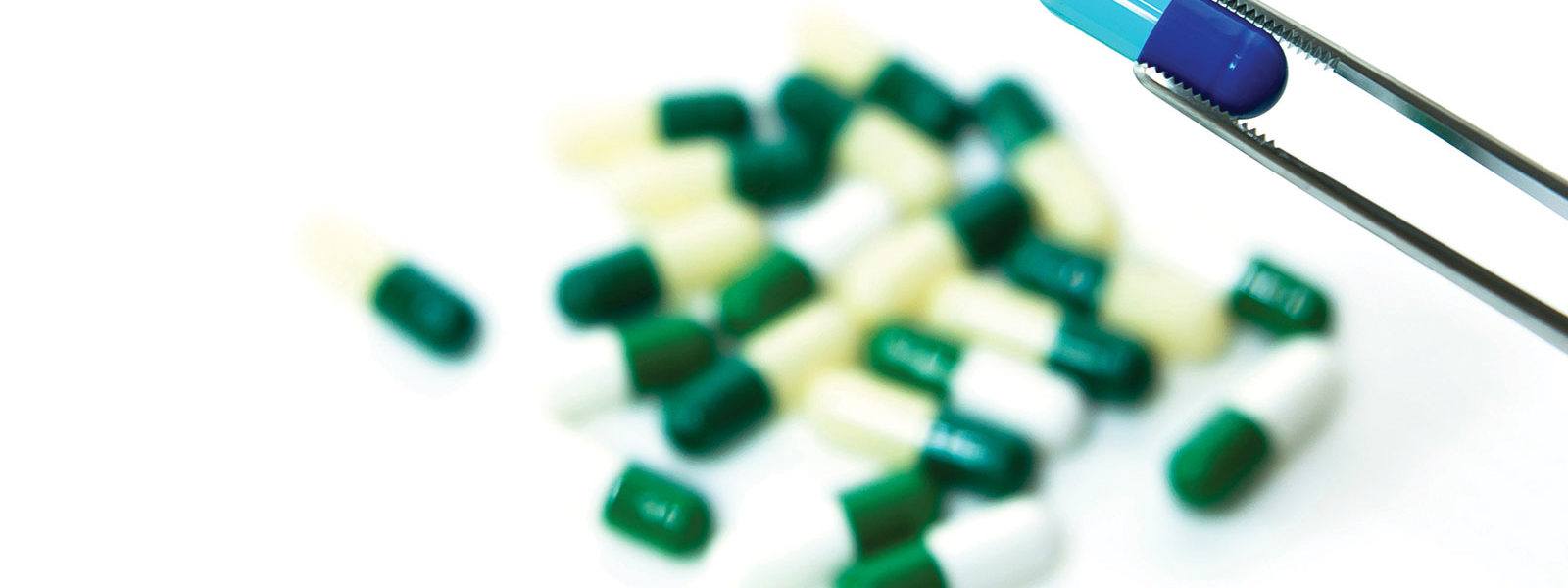FALL 2021, THE EVIDENCE FORUM, WHITE PAPER
 Andrew Bevan, MRes, MRSB, CBiol Executive Director, Peri- and Post-Approval Interventional Studies Evidera, a PPD business |  Ariel Berger, MPH Executive Director, Integrated Solutions Real-World Evidence Evidera, a PPD business |  Delphine Saragoussi, MD, MScPH Executive Director Real-World Evidence Evidera, a PPD business |  Mariah Baltezegar, MBA Vice President and Head, Consumer Health & PPA Study Innovation Real-World Evidence Evidera, a PPD business |  Linda Ross, MPH Executive Director Project Management Real-World Evidence Evidera, a PPD business |  Timothy Miller, MD Vice President and Therapeutic Area Head Rare Disease and Pediatrics Global Product Development Evidera, a PPD business |  Debra Schaumberg, ScD, OD, MPH Vice President, Epidemiology and Head of Strategic & Scientific Affairs Real-World Evidence Evidera, a PPD business |
Rare Disease and Orphan Drug Development Overview
Although there is no singular definition of rare diseases, the term is typically applied to diseases or subsets of common diseases affecting fewer than 200,000 people in the United States (US)1 ; fewer than five per 10,000 in the European Union (EU)2 ; and fewer than 50,000 patients in Japan.3 There are approximately 7,000 rare diseases, which collectively affect approximately 400 million people globally,4 many of whom suffer from high disease burden and limited treatment options. When we also consider caregiver burden, the impact of rare diseases impacts even more people. These rare pathologies, many of which are serious or life-threatening, include genetic defects, autoimmune disorders, infectious diseases, neurological disorders, and certain types of cancers,5 among others.
Since the enactment of the US Orphan Drug Act in 1983,6 the EU Regulation 141/2000 on orphan medicines in 2000,7 and, most recently, the US 21st Century Cures Act in 2016,8 many advancements have been made in the development of treatments for rare diseases. The drive for international collaboration on rare diseases has been further supported by laws such as the US Rare Diseases Act in 2002,9 which established the Rare Diseases Clinical Research Network (RDCRN) as an initiative of the Office of Rare Diseases Research (ORDR) at the National Institutes of Health’s (NIH’s) National Center for Advancing Translational Sciences (NCATS). The RDCRN comprises 23 research consortia and pioneered the creation of a collaborative and coordinated network of investigators and patient groups to support research into rare diseases.10 More recently, other rare disease organizations have encouraged the involvement of patients in the design of clinical studies in rare diseases. For example, the goal of the European Organisation for Rare Diseases (EURORDIS), which has published a charter for the collaboration between study sponsors and patient organizations, is to improve the quality of clinical research in rare diseases11 by statutes such as Directive 2011/24/ EU.12 This has resulted in the establishment of European reference networks between healthcare providers and centers of expertise in the EU member states, increasing access to cross-border healthcare and opportunities for patients to participate in research by facilitating crossborder enrollment.
Since the introduction of the Orphan Drug Act, more than 5,700 drugs and biologics have been given orphan drug designation by the US Food and Drug Administration (FDA). However, data from the FDA Orphan Drug Database (see Figure 1), demonstrate that the conversion rate to approval is low, with only 935 candidates (16.3% of all initially granted orphan drug designation) ultimately approved for use and almost the same number withdrawn (803 [14.0%]). Furthermore, this trend has not improved over the last decade. Similarly, an analysis of data from the EU demonstrated that 27.8% of all orphan drug designations granted in the period from 2000 to 2012 failed.13 Consequently, only 5% of rare diseases currently have an approved medicinal therapy.4 However, it is noteworthy that the number of US orphan drug designations granted over the last two years remains high, indicating continued strong interest in pursuing treatments for rare diseases, even in the midst of the COVID-19 pandemic.
Download White Paper
Fill out the form below to download this whitepaper.




